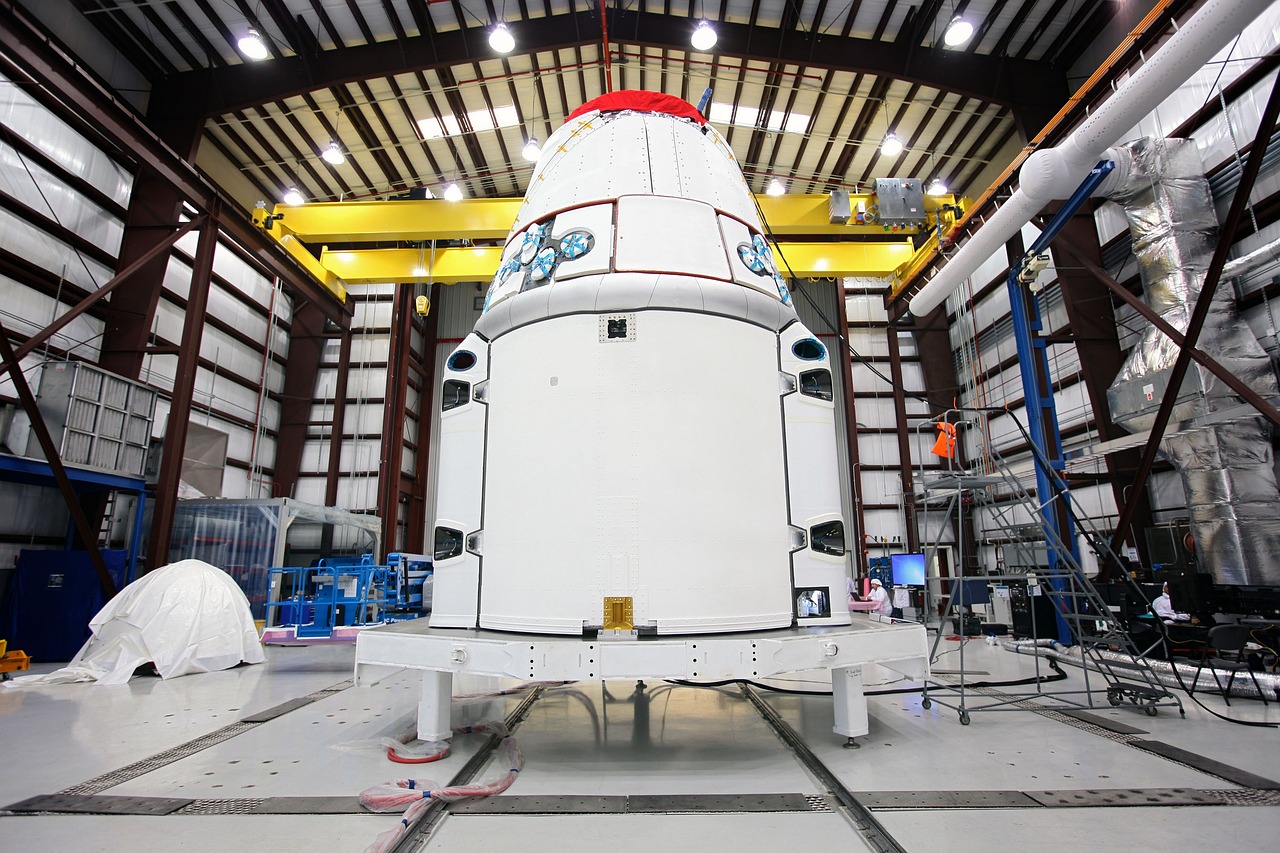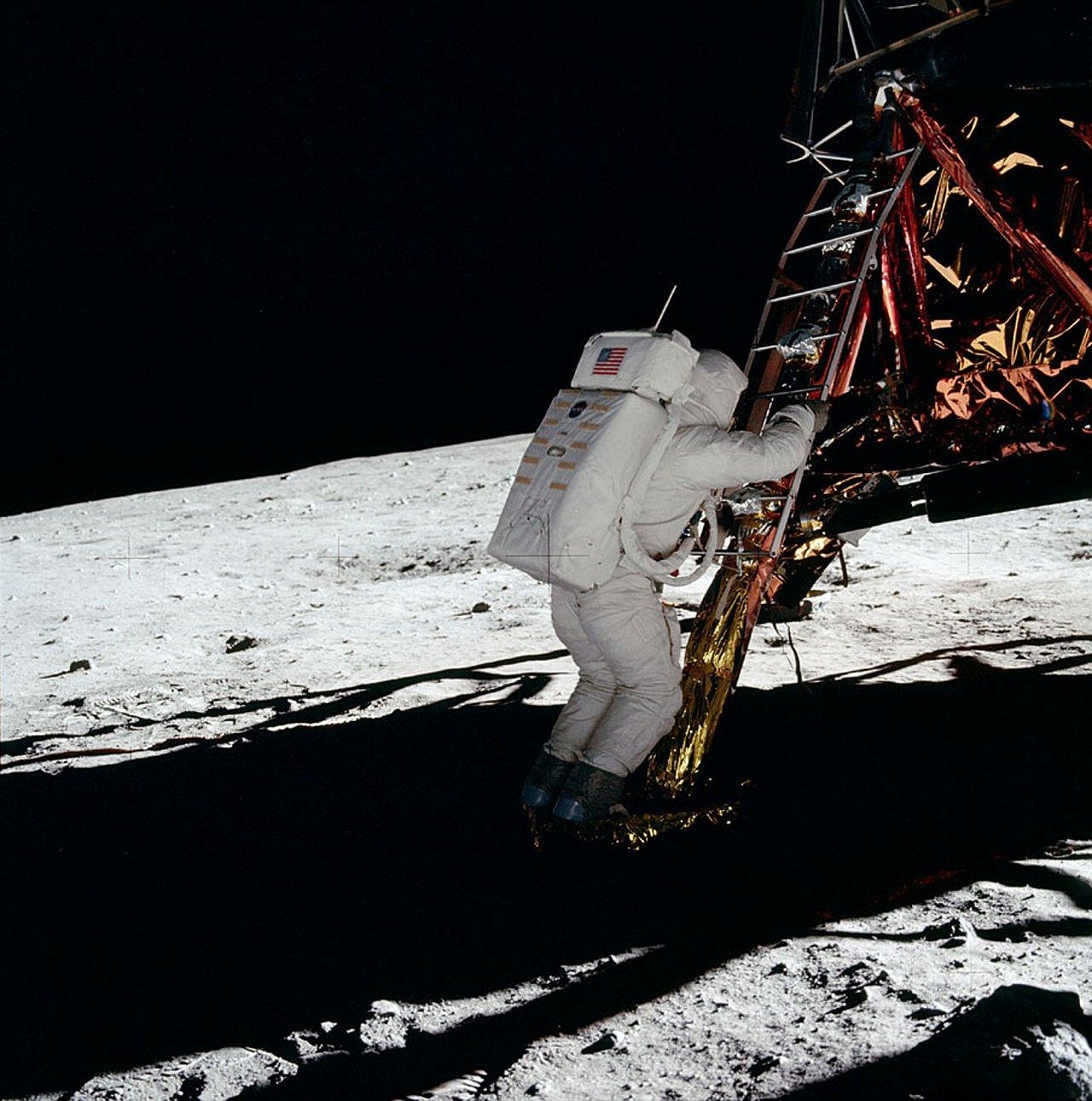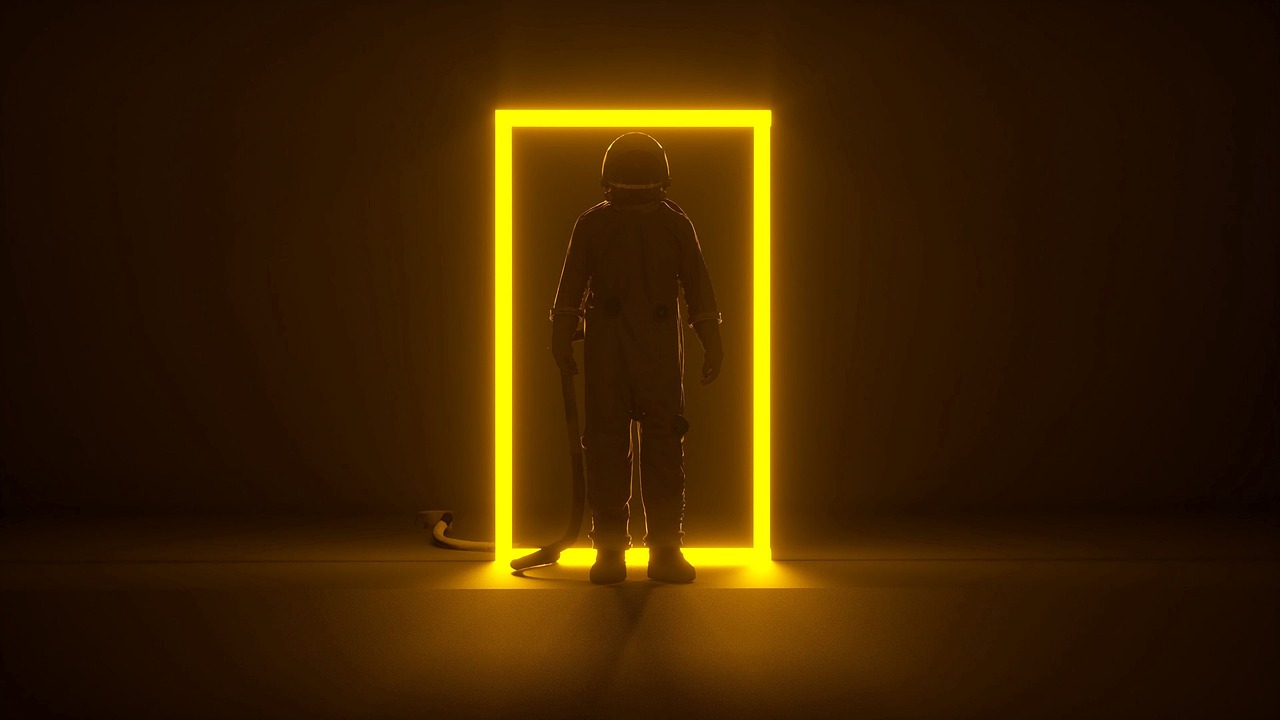Science fiction has for a long time been the domain of the idea of humans travelling beyond Earth. But now, with the advancement in aerospace technology, space tourism is not only a dream but a reality. Some companies like SpaceX, Blue Origin, and Virgin Galactic have already taken private citizens to space, and this is just the beginning of a new era of travel. But when can we expect space tourism to be as popular as a flight across the globe? What are the challenges that need to be tackled before people can experience the wonders of space?
In this article, I will discuss the current state of space tourism, the technologies that are making it possible, the risks and potential issues of space tourism, and where the future of space travel may lie.
The Present State of Space Tourism
The Pioneers of Commercial Space Travel
In the last few years, commercial space flights are launched by private space companies. Some of the most notable companies include:

- Virgin Galactic: Richard Branson’s Virgin Galactic has carried out successful suborbital flights, which means that a few minutes of weightlessness are experienced by private passengers. Their spacecraft, VSS Unity, has performed several test flights with paying customers.
- Blue Origin: Jeff Bezos’s Blue Origin has sent civilians to space on New Shepard rocket, which has taken them above the Kármán line that is 100 km above the Earth. The company has stated that there should be frequent and relatively cheap space travel in the future.
- SpaceX: Elon Musk’s SpaceX has aimed to achieve much more than just suborbital tourism. The company made Inspiration4, during which a completely civilian crew flew into orbit for three days. Also, SpaceX is building Starship, a completely reusable spacecraft that is intended to carry out missions to the Moon, Mars, and other destinations in the solar system.
Types of Space Tourism Experiences That Are Available Now
At present, space tourism is confined to a few wealthy individuals who are ready to pay for a seat on a private spacecraft. The current available space tourism experiences include:
- Suborbital Flights – Travel to the edge of space and experience a few minutes of weightlessness before returning to Earth. (for example, Virgin Galactic, Blue Origin)
- Orbital Space Tourism – Private people spend days or weeks in orbit around the Earth on the International Space Station. This is still very expensive and quite infrequent.
- Lunar Tourism – SpaceX has revealed its plans to take tourists around the Moon using the Starship vehicle. These missions are expected to happen in the next decade.
Although these experiences are history defining, they are not yet for the masses.
Challenges and Risks of Space Tourism
High Costs and Limited Accessibility
The main issue with space tourism is the price. A suborbital flight with Virgin Galactic is $450,000 per seat, and orbital is many millions. Space travel is thus unaffordable for anybody other than the ultra-wealthy and so, for now, a luxury.
Safety Concerns
Spacetravel is new, as commercial aviation, and every mission presents dangerous. Some of the key safety concerns include:
- The risk of launch failures or malfunctions.
- Exposure to harmful space radiation.
- The physical strain on passengers due to G-forces and microgravity.
- The challenges of re-entering Earth’s atmosphere safely.
- Governments and private companies are developing safer launch systems, but an accident is still possible.
Environmental Impact
Despite the fun of space tourism, it is an environmentally dangerous venture. Rocket launches emit a large amount of CO₂ and other pollutants into the atmosphere. Some researchers are concerned that space tourism flights could add to climate change. Reusable rockets and sustainable fuels are being investigated by companies to lessen environmental impact.
Space Infrastructure Limitations
There are no space stations and hotels that exist in the present. The ISS was constructed to conduct research, not for leisure. However, companies like Axiom Space and Orbital Assembly are constructing commercial space stations and space hotels that could enable people to live in space in the next two decades.
The Role of Automation and the Future of Work in Space Tourism
The role of automation and the future of work in space tourism is not simply a question of leisure – it will create jobs and revolutionize industries. However, due to the growing role of automation, robotics, and artificial intelligence, the workforce to support space tourism will change. Some key developments include:
- Autonomous Spacecraft Operations: The future of spacecraft and orbital hotels will rely on artificial intelligence to oversee functions such as logistics, navigation, and safety, reducing the need for humans on board.
- Robotics for Space Maintenance: Repair robots and robotic arms will take care of the station’s maintenance, refueling, and debris avoidance.
New Space-Based Careers:
- Space Hospitality Managers – Controlling space hotels and passenger comfort.
- Orbital Engineers – Controlling life support and safety of the spacecraft.
- Astro-Tour Guides – Providing virtual and augmented reality based space tours.
AI and VR for Space Tourists – Training: Travelers must prepare for their trips, and pre-flight simulation will be done via AI-powered virtual simulations.
Although automation and AI will not lead to job loss, they will define the future workforce, which will be work in high-tech sectors.
The Future of Space Tourism: What’s Next?
Decreasing the Price and Increasing the Availability of the Product.
As technology continues to develop and competition increases, space travel is expected to become more affordable. Some potential developments include:
- Improvements in reusable rockets to minimize the cost of launching a payload.
- The government may offer subsidies or may partner with private firms to make space travel more accessible.
- Space tourism packages: Travelers will be able to purchase packages of experiences as part of a set itinerary.
Based on current trends, it is estimated that within 20-30 years, a suborbital ticket could cost tens of thousands of dollars, which will be affordable to the upper middle class.
Hotels in space and Commercial Space Stations
Now, several companies are constructing space hotels that guests may occupy for days or even weeks in low-Earth orbit. Some upcoming projects include:
- Axiom Space Station: It is a commercial space station which may host tourists, businesses and scientists.
- Voyager Station (by Orbital Assembly): A space hotel under construction to have artificial gravity, luxury rooms and restaurants.
If successful, these projects could change the concept of travel, offering real vacation on the planet, beyond the Earth.
Lunar and Martian Tourism
Moon tourism is still a decade away, but SpaceX’s Starship program is aiming to fly private passengers around the moon by 2030. Future missions may include living on a lunar base.

Mars tourism is still a very distant goal, but if Elon Musk succeeds in his plan to establish a colony on Mars, then the early settlers may ultimately open the door for interplanetary travel. Some predict that by 2050, we could see the first tourists on Mars.
How the Metaverse Relates to Space Travel.
Due to the fact that physical space travel is still unfeasible for the general public, virtual reality (VR) and the Metaverse may be the next best thing. Some companies are designing highly realistic simulations of space travel that can be experienced virtually from the comfort of homes. This could be a way of making space exploration available to more people while technology develops to the point where actual travel becomes feasible.
Space tourism is on the verge of changing the conventional travel model. Currently, only a few people can pay for the experience, but technology, competition, and infrastructure development are likely to increase the availability of space travel in the next few decades.
What does the future hold?
Within 10 years: More frequent suborbital flights; construction of the first space hotels.
Within 20 years: Affordable space trips for the upper middle class traveler, moon tourism may be possible.
Within 50 years: If tourism on Mars becomes feasible, then so do permanent space settlements.
Although space tourism may not completely replace conventional travel, it will open new opportunities for humanity. Whether it is a question of luxury, science, or the beginning of a new type of existence, space tourism will keep on expanding the frontiers of the possible.


